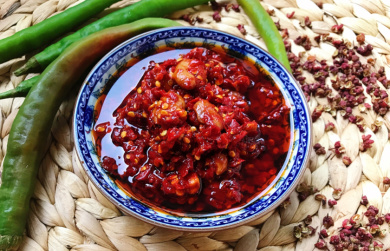Culinary Queries: Will coconut milk thicken as it cooks?
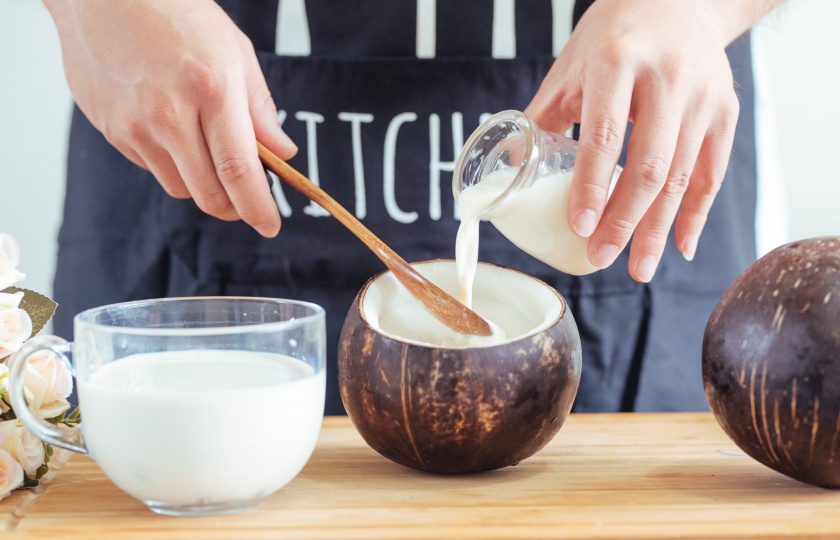
I like Thai desserts recently and I am going to make Southeast Asian curry at home, but I don’t know if coconut milk will thicken during cooking. Let’s discuss the following together today!
Will coconut milk thicken as it cook?
Coconut milk does thicken during cooking.
Coconut milk is the milk extracted from mature coconut meat. When heated, its water will slowly evaporate; just like cooking soup, the water will gradually decrease, so the soup will become thicker, and the same is true for coconut milk. Cooking coconut milk slowly over low heat for a long time will make the coconut milk thicker as the water is lost.
At the same time, coconut milk contains a certain amount of fat and protein, and these ingredients may change during the cooking process. For example, when making curry, the fat and protein in coconut milk will interact with the ingredients of other ingredients. Some starchy ingredients will absorb the water in coconut milk, making the coconut milk less fluid and thicker.
In addition, some friends will add thickeners, such as corn starch, when cooking coconut milk. This will make the coconut milk thicken quickly, and the thickness can be adjusted according to your preferences. However, if the coconut milk has been opened for a long time, it may become thicker because it has gone bad, so you should be careful to identify it.
How to thicken up coconut milk without cornstarch?
There are several ways:
One is slow cooking, pour the coconut milk into a pot, slowly cook over low heat, stirring continuously during this process. As the water gradually evaporates, the coconut milk will naturally become thick, but be careful not to overcook, otherwise the coconut milk will burn.
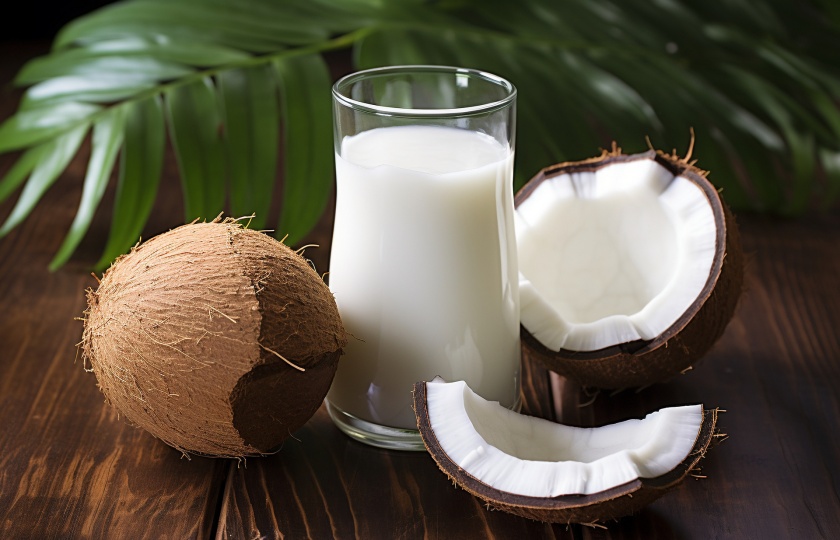
The second is to add some starch-rich ingredients. For example, cut potatoes into small pieces and boil them in coconut milk. As the potatoes cook, they release starch, which thickens the milk. Or add some job's tears, lotus seeds, etc., can also play a similar effect.
The third is to add fruit with high pectin content. Like bananas or apples, puree them and add them to the coconut milk. The pectin in the fruit will thicken the coconut milk and add a different flavor.
How to thicken coconut milk into cream?
To thicken the coconut milk into cream.
Pour the coconut milk into a pot and bring to a simmer. You have to be patient, keep stirring, keep the coconut milk from sticking. As the water slowly evaporates, the milk thickens.
As the coconut milk thickens, remove the pan from the heat and let it cool naturally. As it cools, the milk will solidify and thicken.
For a thicker consistency, chill the coconut milk in the fridge for a few hours. More creamy texture when refrigerated.
When boiling coconut milk, add a little coconut oil. It increases the fat content of coconut milk, helps it thicken, and makes the coconut taste stronger.
But be careful not to add too much coconut oil, it can be too oily.
Does coconut milk curdle when cooked?
Coconut milk may coagulate after being cooked.
If the protein content in coconut milk is relatively high, during the heating process, the protein will denature due to heat and coagulation may occur. Especially when coconut milk is overheated or heated too quickly, this phenomenon is more likely to occur. For example, if coconut milk is boiled vigorously over high heat, the protein may gather together at once and form clots.
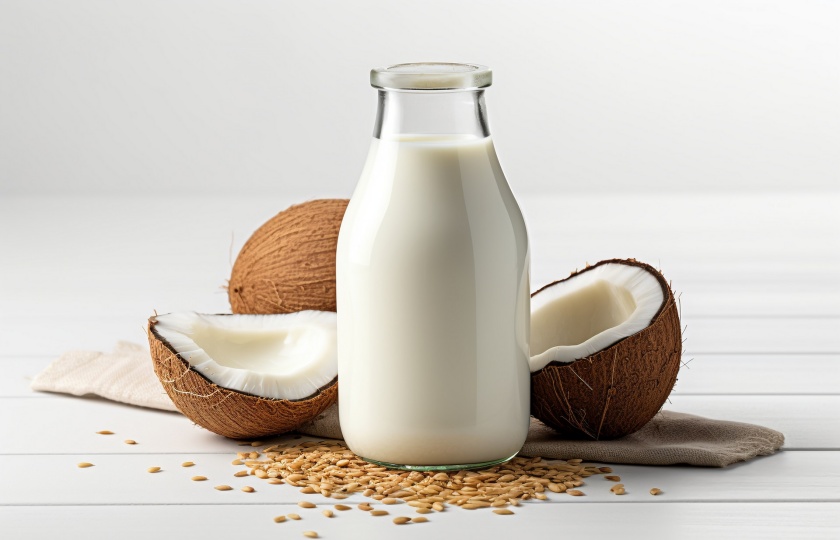
In addition, if acidic substances are mixed into coconut milk, it is also easy to cause coagulation. Just like adding lemon juice or vinegar to coconut milk, the protein in coconut milk will react in an acidic environment and coagulation will appear. However, sometimes this slight coagulation can also be used to make some special dishes. If you don't want coconut milk to coagulate, heat it slowly over low heat when cooking and avoid adding acidic ingredients.
How do Thai restaurants make curry so creamy?
There are little secrets for Thai restaurants to make curry mellow.
First of all, the use of spices is extremely crucial. Thai chefs will use fresh lemongrass, kaffir lime leaves and galangal. Lemongrass has a fresh lemon fragrance and can give curry a rich and layered fragrance. Kaffir lime leaves have a faint citrus flavor and add a refreshing touch to curry. The spiciness of galangal is softer than ordinary ginger and has a rich taste. These spices are stir-fried slowly over low heat to stimulate their fragrance.
Coconut milk is also an important element to make curry mellow. Thai restaurants generally use high-quality coconut milk. First, boil coconut milk until it is slightly thickened to fully release its fragrance. When making curry, add coconut milk to make the fragrance of coconut milk and the taste of spices perfectly blend.
There is also the freshness of ingredients. The meat and vegetables used by Thai chefs are very fresh. Fresh ingredients can better absorb the fragrance of curry. And during the cooking process, the ingredients will be patiently simmered in curry for enough time to allow the taste of curry to fully penetrate.
In addition, when making curry, some Thai restaurants will also add some homemade curry paste. This kind of curry paste is ground and fermented for a long time. The spices and peppers and other components in it become more mellow and complex after the precipitation of time. This is also a big secret to make curry mellow.
How do you fix too much coconut milk in curry?
If there is too much coconut milk in the curry, you can alleviate it in the following ways:
First, you can increase the amount of other ingredients. For example, when cooking, you can add more potatoes, carrots, chicken and the like. These ingredients can help absorb the excess coconut milk. Like potatoes, it can absorb the juice of coconut milk, making the curry thicker as a whole and adding a dense taste.
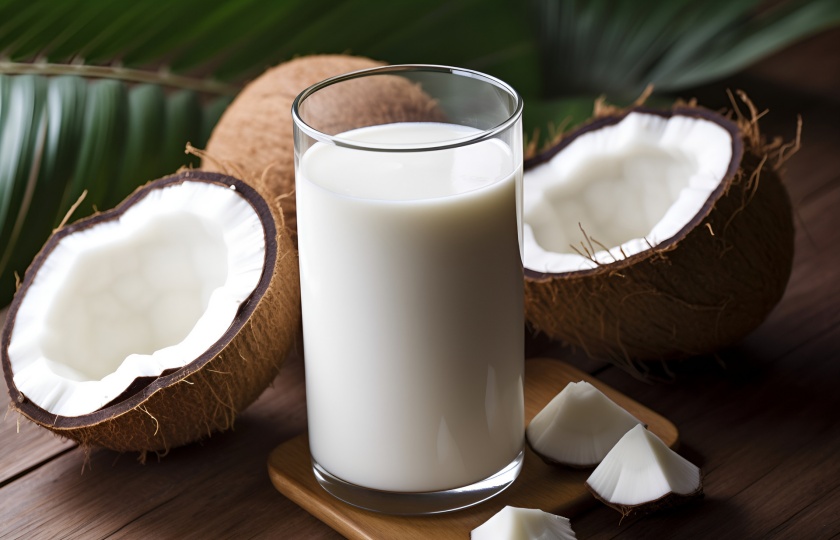
Second, you can cook the curry for a while longer. Simmer slowly over low heat to evaporate some of the water in the coconut milk. But be sure to stir it all the time to prevent the curry from getting stuck in the pot. In this way, the amount of coconut milk will be reduced and the taste of the curry will be richer.
Finally, you can add some ingredients that can balance the sweetness of coconut milk. For example, squeeze in some lemon juice, the sour taste of lemon can neutralize the sweetness of coconut milk. Or add an appropriate amount of tomatoes, the sour taste of tomatoes can also play a similar role, and at the same time make the color of the curry more attractive.












